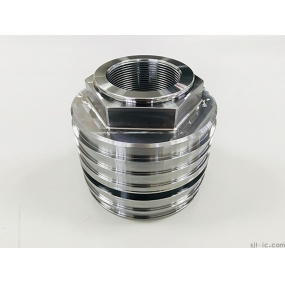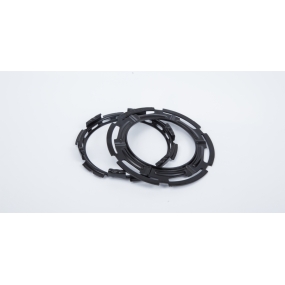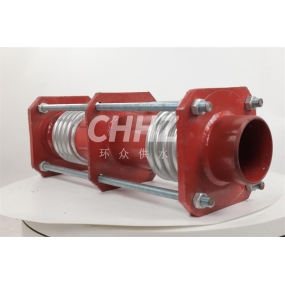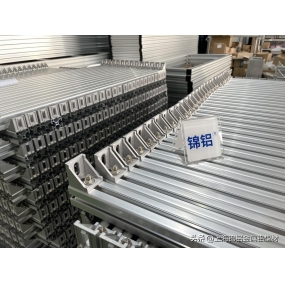What do you need to know about precision parts processing?
Friends who know about precision parts processing know that precision machining is a very strict process, whether it is for cutting or other processes, or the accuracy and size are quite strict requirements of the process. So when machining precision parts, what requirements and standards should be followed to ensure a low or even zero defective rate? The following Fujia industrial editor will introduce the specific requirements and standards for precision parts processing:
For the processing of precision parts, it is mainly the size requirements, such as the diameter of the cylinder, there are strict requirements, the positive and negative errors are qualified parts within the specified requirements, otherwise they are all unqualified parts; the length, width and height also have specific strict requirements, and the positive and negative errors are also stipulated. For example, if the diameter of a built-in cylinder (take the simplest basic parts as an example) is too large and exceeds the allowable range of the error, it will cause the situation that it cannot be inserted. If the actual diameter is too small and exceeds the lower limit of the allowable negative error, it will cause the insertion to be too loose and not firm. These are all unqualified products, or the length of the cylinder is too long or too short, which exceeds the allowable range of the error. They are all unqualified products and must be scrapped or reprocessed, which will inevitably lead to an increase in cost.



 English
English Spanish
Spanish Arabic
Arabic French
French Portuguese
Portuguese Belarusian
Belarusian Japanese
Japanese Russian
Russian Malay
Malay Icelandic
Icelandic Bulgarian
Bulgarian Azerbaijani
Azerbaijani Estonian
Estonian Irish
Irish Polish
Polish Persian
Persian Boolean
Boolean Danish
Danish German
German Filipino
Filipino Finnish
Finnish Dutch
Dutch Galician
Galician Catalan
Catalan Czech
Czech Croatian
Croatian Latin
Latin Latvian
Latvian Romanian
Romanian Maltese
Maltese Macedonian
Macedonian Norwegian
Norwegian Swedish
Swedish Serbian
Serbian Slovak
Slovak Slovenian
Slovenian Swahili
Swahili Thai
Thai Turkish
Turkish Welsh
Welsh Urdu
Urdu Ukrainian
Ukrainian Greek
Greek Hungarian
Hungarian Italian
Italian Yiddish
Yiddish Indonesian
Indonesian Vietnamese
Vietnamese Haitian Creole
Haitian Creole Spanish Basque
Spanish Basque











